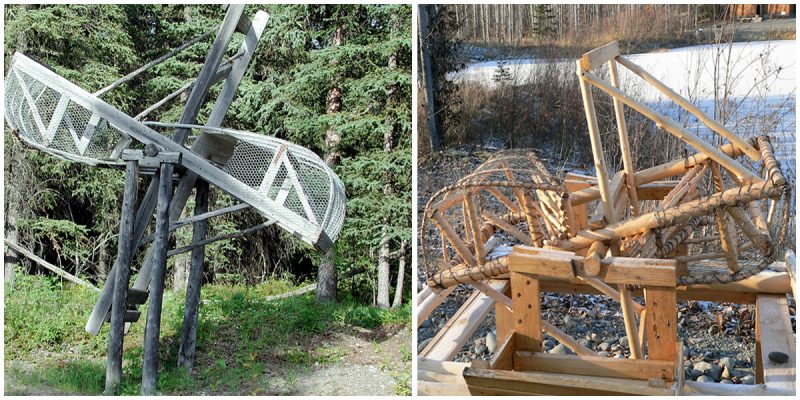A fish wheel is a water-powered device used for catching fish, particularly salmon. Their design was simple: it consists of a revolving wheel with baskets and paddles attached to its rim. The wheel rotates due to the current of the stream pressing the bottom basket or paddle that has swung down into the water.
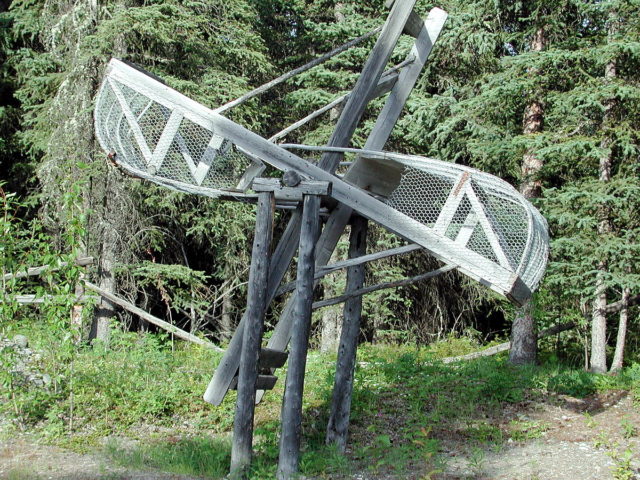
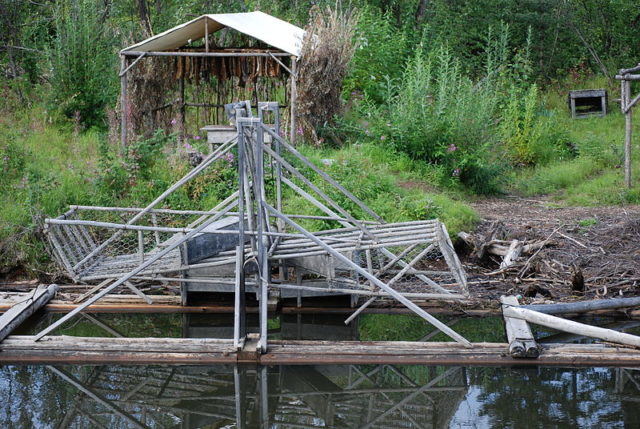
When the wheel is floated on the river, the river current turns the wheel causing the baskets to scoop down upon the salmon traveling upstream and lift them out of the water. The ingenious device can catch large amounts of fish, and the best part is that the fishermen don’t even have to be there. A holding tank is placed beside the wheel to receive the falling fish. A harvester need only come by only a few times each day to remove and process caught fish from the holding tank.
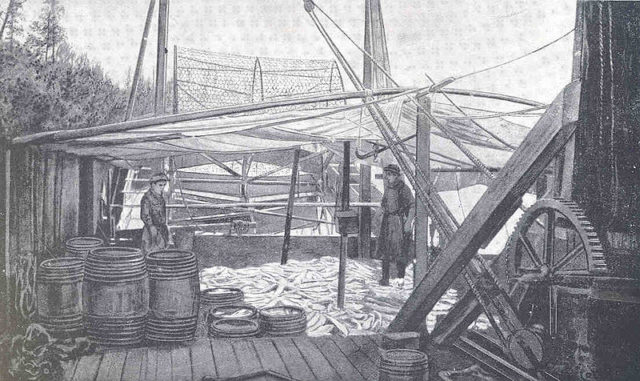
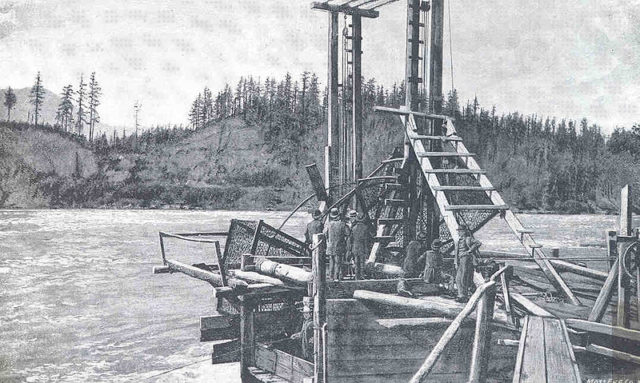
In the past, fish wheels have been used in France, Rome, Japan, on the Garonne, and in the Tiber. They were first used in the United States in North Carolinian in 1829, but their major deployment was on the Columbia River by the late 1870s where they became tremendously effective at landing upstream migrating salmon.
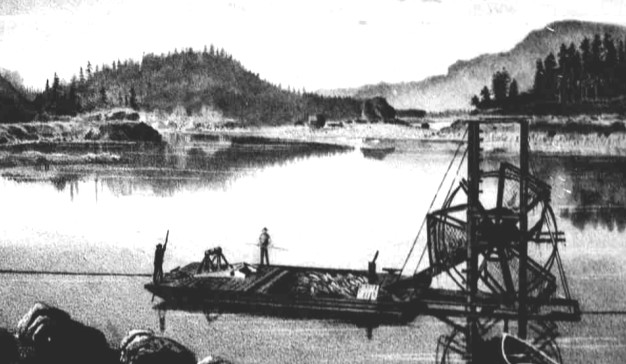
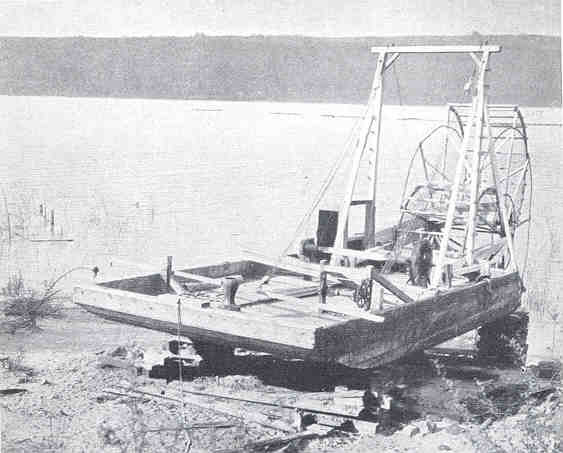
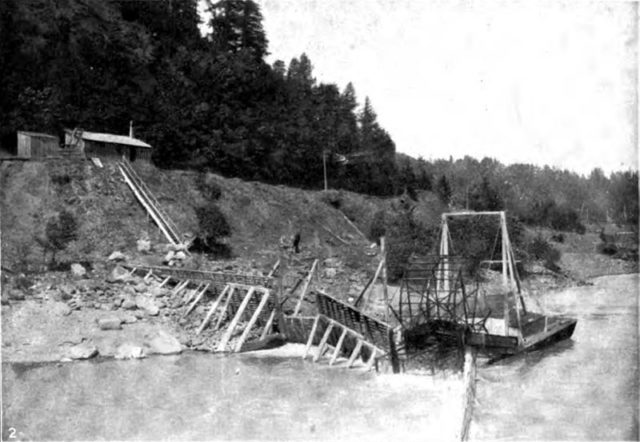
In 1906, one fish wheel operating in Columbia River reportedly pulled out half a ton of salmon daily, and it was just one of more than 75 fish wheels working the river that year. They were so useful as a fish catching device that they were banned in the United States because they threatened the salmon population. Voters passed laws that prohibited the use of these devices in the name of conservation, and fish wheel operations on the Columbia were finally banned in 1928 in Oregon, and 1935 in Washington.
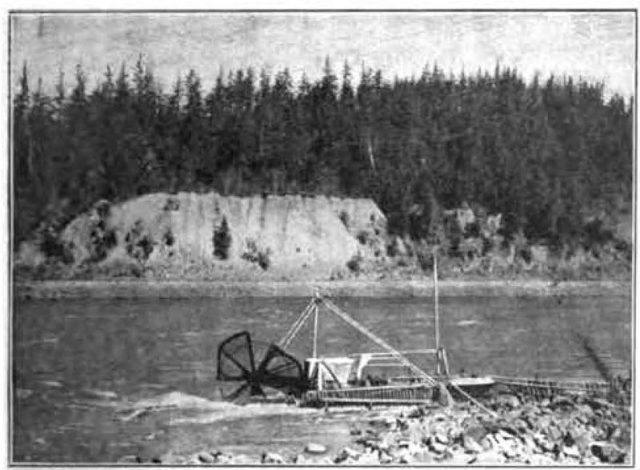
Fish wheels for commercial fishing are only allowed in Alaska along the Copper River and the Yukon River, but all salmon caught using these devices must be reported to the Alaska Department of Fish and Game (ADF&G) and must be operated within state fishing guidelines.
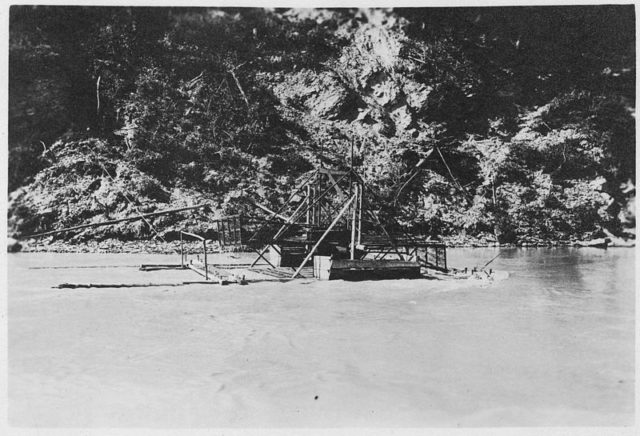
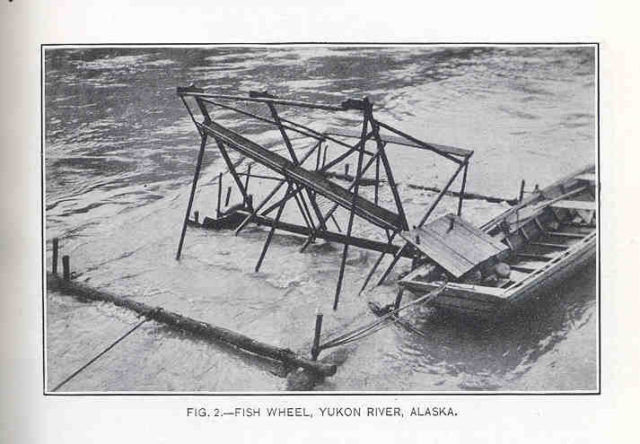
Today fish wheels can’t be used commercially in many places in North America, but they are ideal for researchers monitoring fish populations.
